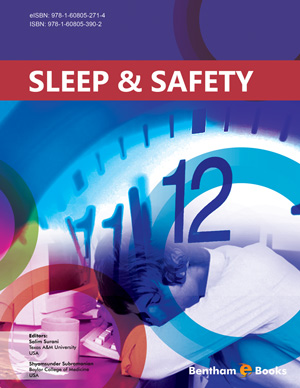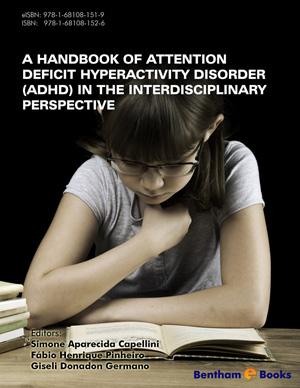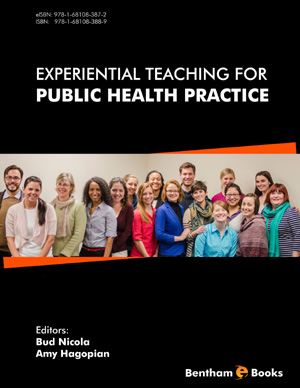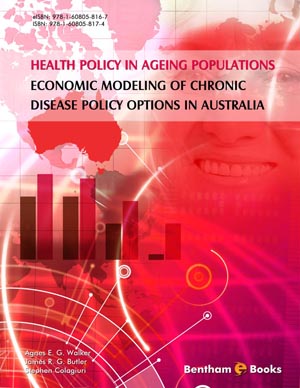Abstract
Driving a motor vehicle is a multifaceted task requiring a healthy combination of alertness with skills pertaining to distinct cognitive, perceptual, motor, and decision-making functions. Sleepiness can primarily affect these skills in our population to varying extents. Thus, it is common in patients with various sleep disorders to be consequently present with excessive daytime sleepiness, which in turn is associated with a higher incidence of road traffic accidents (RTAs). Driver fatigue is a widespread and serious problem. Studies have indicated that more than 20% of road accidents are related to driver sleepiness, with a majority being associated with occupational or commercial drivers. Times of day, or circadian, effects are profound, with sleepiness being particularly marked during night shift work and driving home afterwards. However, the only safe solution to driver sleepiness is to stop driving and take a short nap. Education of employers and employees is an essential safety measure regarding planning journeys, the dangers of driving while sleepy, developing self-awareness about sleepiness, and driving at vulnerable times of the day.












